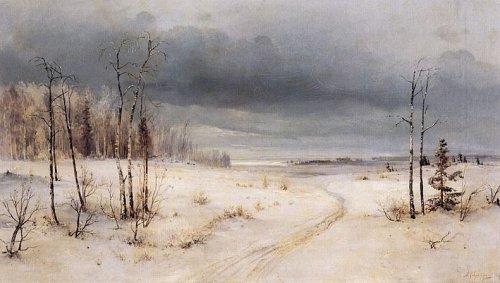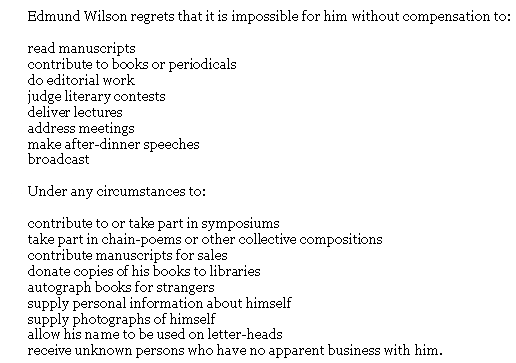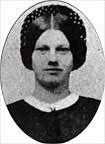
Helen Thomas’ husband departs for war, 1917:
After breakfast, while he showed me where his account books were and what each was for, I listened calmly, and unbelievingly he kissed me when I said I, too, would keep accounts. ‘And here are my poems. I’ve copied them all out in this book for you, and the last of all is for you. I wrote it last night, but don’t read it now … It’s still freezing. The ground is like iron, and more snow has fallen. The children will come to the station with me; and now I must be off.’
We were alone in my room. He took me in his arms, holding me tightly to him, his face white, his eyes full of a fear I had never seen before. My arms were round his neck. ‘Beloved, I love you,’ was all I could say. ‘Jenny, Jenny, Jenny,’ he said, ‘remember that, whatever happens, all is well between us for ever and ever.’ And hand in hand we went downstairs and out to the children, who were playing in the snow.
A thick mist hung everywhere, and there was no sound except, far away in the valley, a train shunting. I stood at the gate watching him go; he turned back to wave until the mist and the hill hid him. I heard his old call coming up to me: ‘Coo-ee!’ he called. ‘Coo-ee!’ I answered, keeping my voice strong to call again. Again through the muffled air came his ‘Coo-ee’. And again went my answer like an echo. ‘Coo-ee’ came fainter next time with the hill between us, but my ‘Coo-ee’ went out of my lungs strong to pierce to him as he strode away from me. ‘Coo-ee!’ So faint now, it might be only my own call flung back from the thick air and muffling snow. I put my hands up to my mouth to make a trumpet, but no sound came. Panic seized me, and I ran through the mist and the snow to the top of the hill, and stood there a moment dumbly, with straining eyes and ears. There was nothing but the mist and the snow and the silence of death.
Then with leaden feet which stumbled in a sudden darkness that overwhelmed me I groped my way back to the empty house.
He was killed shortly after arriving in France. From her memoir World Without End, 1931.




